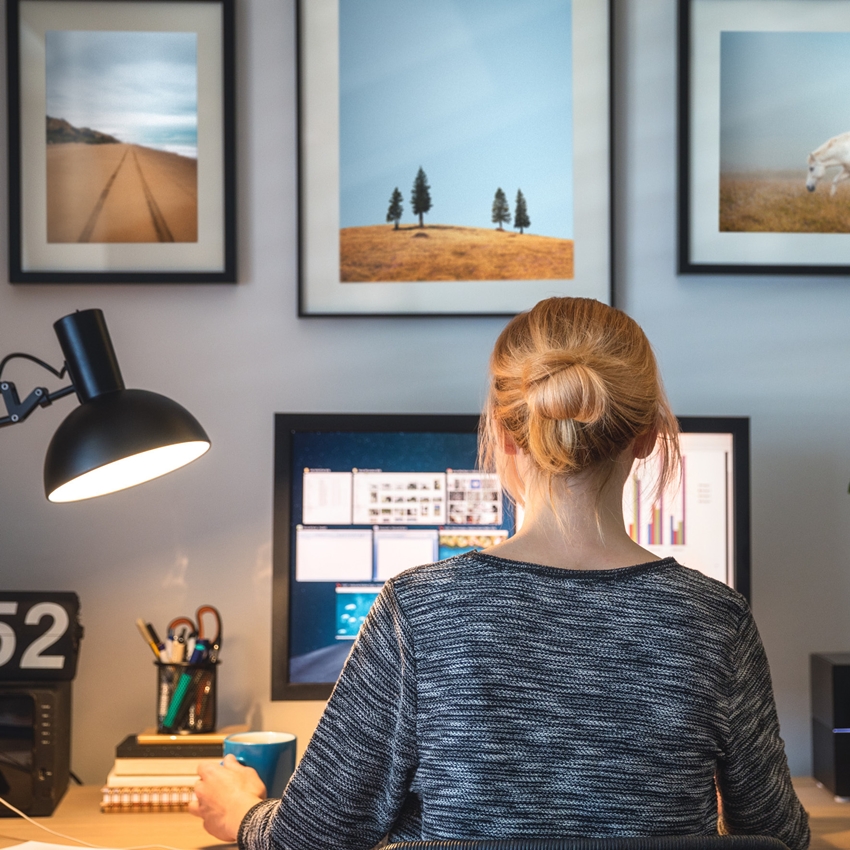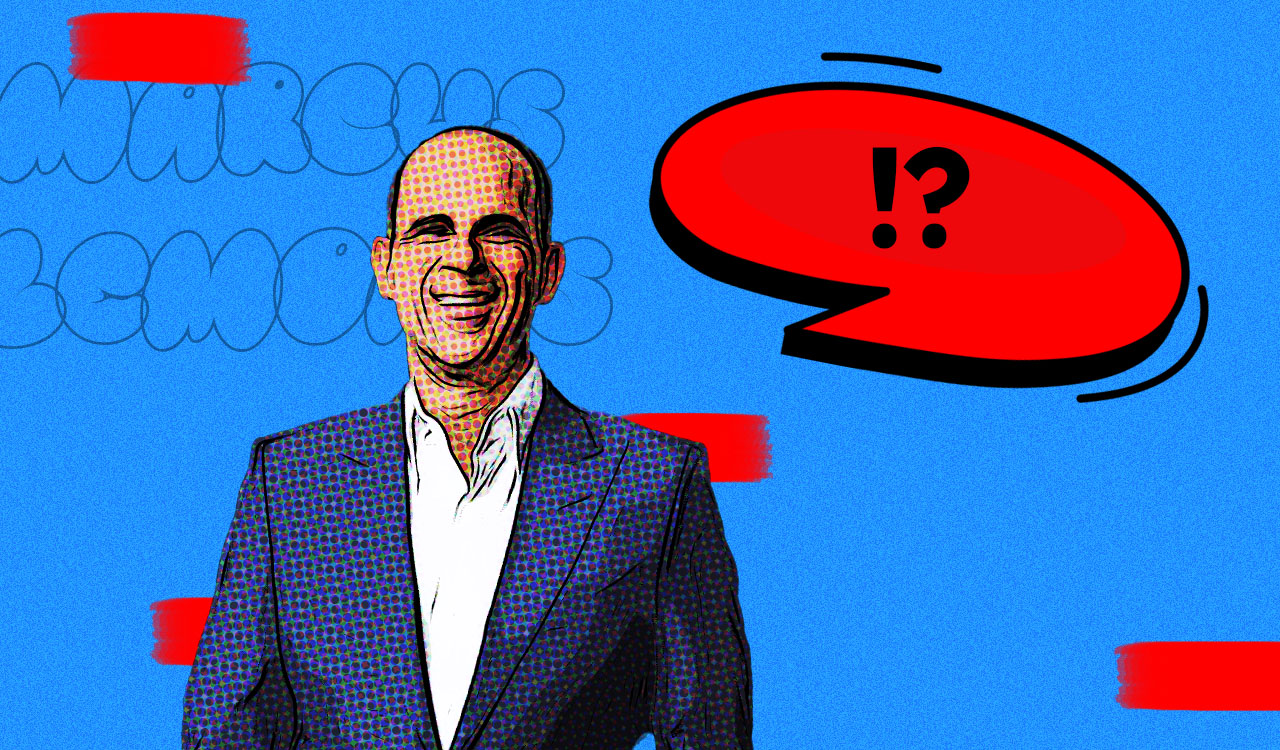Today, retailers are facing complex challenges from supply chain, logistics, and product sourcing to shortages of labor and growing costs. In addition to the economic issues, consumers continue to place demands on retailers focused on their DEI and sustainability strategies. Among these new challenges for retail brands has been the expectation from employees to create a new hybrid workplace that provides a more balanced work/life experience, but still drives creativity and collaboration. The hybrid workplace has created new opportunities including how talent is sourced, but it has also created new challenges including how to maintain productivity and culture. As retailers transition back to the office, reestablishing work norms, developing solutions to drive productivity, and creating new cultures is paramount. There is no roadmap to success: The hybrid work environment is truly a new path forward.
The Challenge
Prior to the pandemic, organizations were already exploring more flexible work environments including flex hours, working remotely. and shorter work weeks. With the onset of the pandemic, the world quickly shifted to Zoom meetings and Microsoft Teams presentations. Within days, entire organizations were working remotely and learning how to make decisions by reviewing information in online meetings. Over time, as the pandemic shifted and vaccination rates grew, employees began to return to the office. Office occupancy rates contracted and expanded from as low as 15 percent in April 2020 to approximately 40 percent in March 2022. The return of employees to the office has varied across the U.S. with the occupancy rate in San Francisco still hovering in the low 30s and rates in Texas approaching 60 percent. Now, retailers need to navigate a complex environment – developing a new hybrid work culture that fosters creativity and productivity while maintaining its brand culture. An environment that satisfies the needs of employees across generations and roles, but still fosters talent development and equity.
The world of remote work and digital platforms have enabled retailers to transcend their old physical limitations to expand the universe of talent and ideas. Most retailers have been hiring talent outside their local market and deeper relationships are being created through technology.
Leading a Hybrid Environment
Consider an organization that thrives by driving creativity, collaboration, and benefits from a high-performance culture. Now, imagine that organization with individuals working from remote locations at different hours and collaborating through technology vs. in person. Retail organizations need to identify how they will replicate a branded, creative, collaborative, and productive experience for an organization whose employees are not in the office at the same time. For retailers to maximize a hybrid experience, leaders need to address everything from office space and employee needs, to the impact of varying schedules on the production calendar. With a new roadmap, retailers should begin by focusing on five key issues.
- Understand what different generations and employees at varying levels of experience want and need from their workplace going forward. Surveys and workshops will be an important part of gathering data to make thoughtful and effective decisions regarding the “go forward” culture. Diversity, equity, and inclusion conversations must play a key role in determining new social norms and work strategies. Being fair and equitable will be more complex as different roles work in different ways.
- Develop an office plan. Office space, particularly in urban corridors, is a significant expense for any business, but the challenge for a hybrid workplace is understanding how much space is needed and when and where people will want to work. A retailer might find that they want most people in the office Tuesday through Thursday to drive collaboration, but this means that they cannot take advantage of downsizing their space. Companies are exploring having support functions (finance for example) and individual contributors work remotely frequently. These decisions regarding space and working environment have long-term implications and retailers need to be thoughtful regarding the impact to the company’s culture and financial budget.
- Define and implement a hybrid schedule that works across design, merchandising, marketing, store operations, and the balance of functions. Determining how collaborative roles – design, merchandising, buying, retail, and wholesale — will work together in a hybrid format and the impact on the product lifecycle calendar is imperative. Technology including virtual reality should be considered and leveraged to create new efficiencies. Roles and responsibilities may need to be redefined. Job descriptions and annual goals may need to be reexamined.
- Focus on ensuring fairness and equity across all employees. Ensuring that those who are in the office three to four days a week are not considered for promotions over those that are in the office one to two days a week. Evaluating if employees “at the table” have more influence over decisions vs those “on the phone”. After work events, hallway conversations, and impromptu meetings create new challenges when the team is not all in the office together.
- Find and retain talent in a difficult environment. Retailers will need to determine how to attract talent across multiple generations. They will also need to ensure that new hires feel part of the brand, are clear on their development paths and that succession plans are implemented fairly for all employees. Human resource teams will need to think through on boarding and developing new hires, advancing mid-level managers, and challenging and elevating leaders.
Organizational Efficiencies
It’s true that during the pandemic some functions and activities became more effective and worked better remotely, but there were others that struggled. Support functions such as Finance, Allocation, and Store Communications, and teams that had prior experience operating remotely such as IT adopted quickly. Creative teams including design, sourcing and merchandising found remote work more difficult. Activities such as Product Development, Line Building, and Merchandising were more challenging. The ability to feel fabric, layout product, review color and collaborate cross-functionally was impacted. Digital solutions and emerging technology were implemented to accelerate the product development process and protect sourcing strategies. The remote working experience challenges how various operating functions collaborated when solving problems. Leaders need to be more deliberate – more intentional — when scheduling strategic discussions. These experiences may challenge the design of the future physical space including which functions should be aligned. For example, the Allocation and Replenishment may work best if seated near the distribution and logistics team vs merchandising and planning. Creating more flexible work arrangements such as these will enable the business to work better.
Talent Scouts
The world of remote work and digital platforms have enabled retailers to transcend their old physical limitations to expand the universe of talent and ideas. Most retailers have been hiring talent outside their local market and deeper relationships are being created through technology. As hybrid work environments become part of a retailer’s culture, organizations will need to address operating challenges including product development calendars, merchandising calendars, office and physical space design, and travel budgets so teams can collaborate effectively. But it will also create new opportunities such as expanding new product innovations leveraging open-sourced design platforms and enabling merchants to spend more time interacting with customers.
The Future Role of Technology
Retailers rapidly turned to technology during the pandemic to drive sales, communicate with employees, and develop product. From QR codes and RFID to supporting new paths to purchase (BOPIS, BORIS), retailers responded to consumer’s needs to protect sales and create a frictionless experience. They implemented Zoom, Teams, Google Docs, Slack and Jira to share ideas and communicate employee information. Platforms like Concrete and Yoobic improved store communications informing staff of changing hours and guidelines. To create product and foster collaboration across channels and roles, retailers investigated and invested in virtual reality, 3D development tools, and other product development software to protect product deadlines. In a compressed timeframe, retailers became technology adopters in a way not seen in the past.
As we look to the future, retailers will need to continue to invest artificial intelligence, virtual reality, and additional software to support the development of product. Technologies including 3D-Fit, Printing, Imaging will be critical to gaining a competitive advantage. Consumer facing technology supporting frictionless experience, inventory visibility and payment terms will also be key investments. As technology enables efficiency and speed, the product lifecycle calendar will need to be reevaluated to reflect greater speed to market. These benefits will take time, cost, and waste out of the manufacturing process. In addition, we can expect that the accelerated evolution of these technologies will impact the ecommerce space changing the way products are sold online by both expanding the types of digital touchpoints as well as site merchandising.
To Be Continued
Today, retail organizations are navigating new workplace demands. The hybrid work environment requires retailers to be focused on organizational structures, new social norms, brand and culture, and talent acquisition and retention. Retailers need to listen to their employee’s feedback across generations and roles. They need to evaluate roles, responsibilities, talent development/succession planning, and how to foster a branded collaborative environment. These new paths will include starts and stops as retailers travel uncharted paths. In the end, the hybrid environment is here, and retailers will need to transform to navigate the road forward. To hear more on the topic, tune into “The Workplace Is About to Change” podcast.
Note: Columbus Consulting is a Robin Report Collaborative Partner. For more information, contact Rich Pedott.



